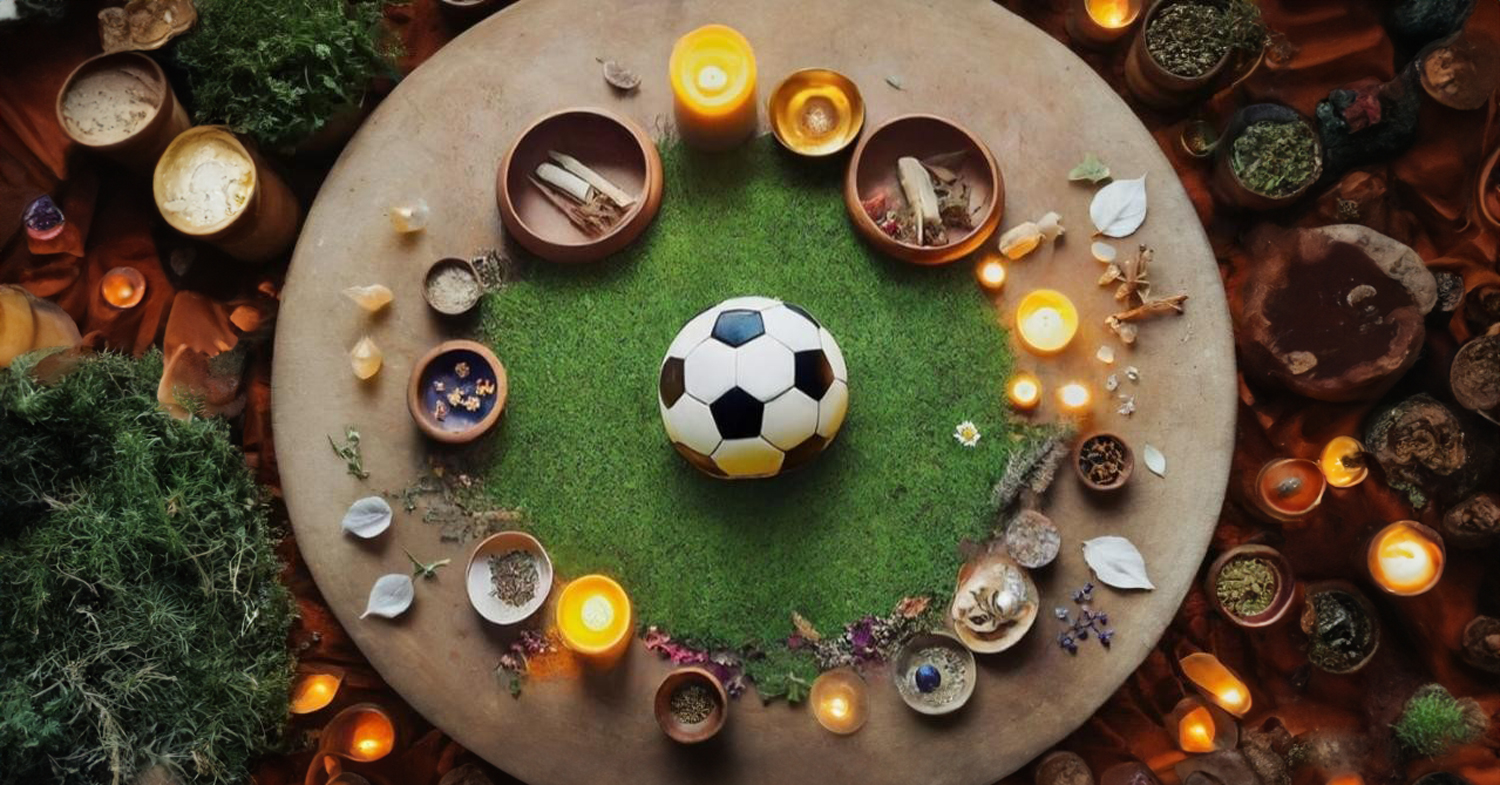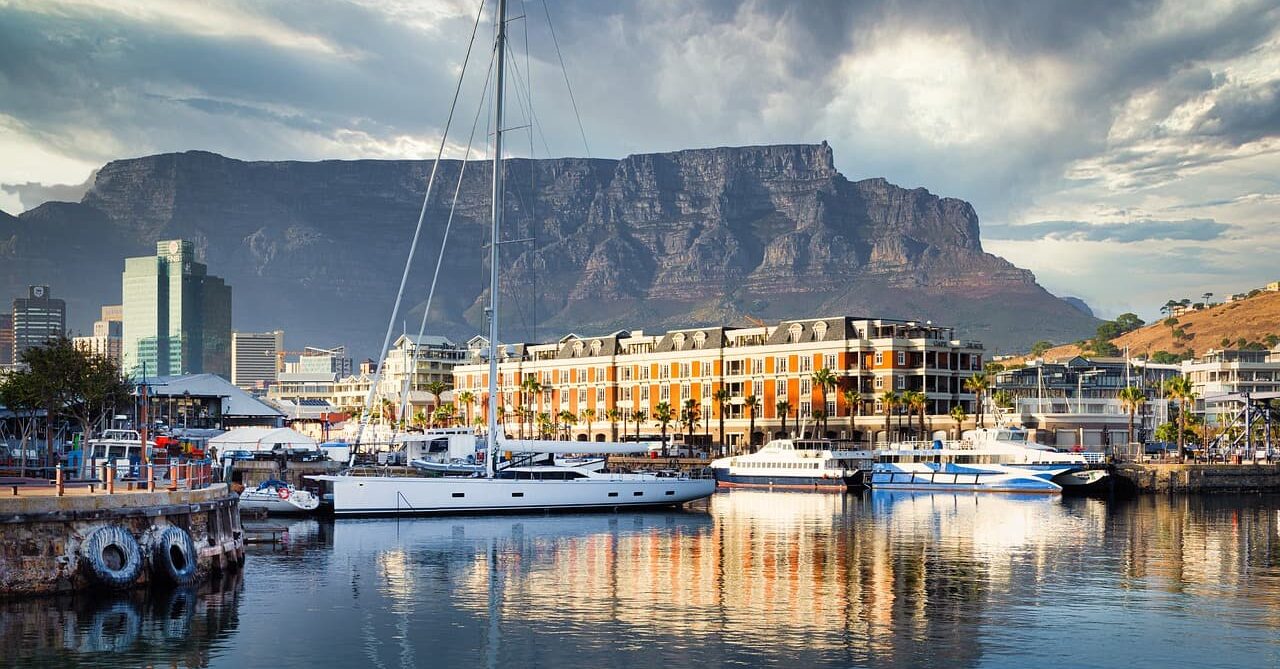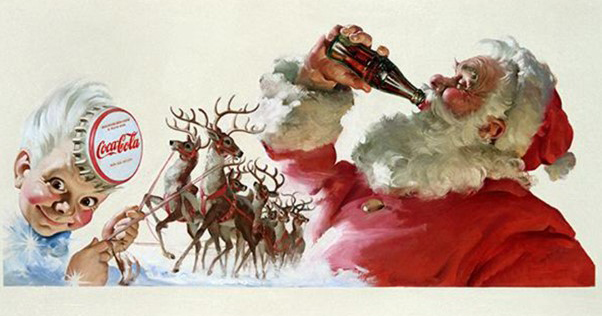Halloween
31st Oct 2020
Halloween’s usual reputation as being one of the busiest nights of the year for police/emergency services, due to the merrymaking found on the nation’s moonlit streets, had a rather subdued edition this year. There may have been less ‘Monster Mash’ playing nightclubs, but there were still little witches and miniature skeletons to be seen trick or treating around neighbourhoods.
On the BlytheRay team chat, talk turned to which horror film we had watched on the 31st with Rachael opting for Hocus Pocus and Maddy telling us she watched Netflix’s Nurse Ratched behind a pillow. The conversation got us pondering why this tradition of watching jumpy films – where the characters make misguided, unrelatable decisions – and turfing out the fake blood we bought from Hawkin’s Bazaar when we were 14, exists in the first place.
After doing some reading, we found that Halloween is a culmination of a few different festivities from over the centuries, with its first roots dating 2,000 years ago to the Celtic festival of ‘Sahmain’. The Celts celebrated their new year on November 1st, marking the summer gone by and the beginning of a cold winter ahead. They associated the long, dark winter months with human death as the period posed challenges to their survival, which relied heavily on the flourishing natural world. They believed the night before Sahmain represented a blurring of the worlds of the living and the dead and would celebrate with bonfires, burning sacrifices to the Celtic deities and wearing costumes consisting of animal skulls and skins.
A few centuries on, Pope Gregory III named November 1st ‘All Martyrs Day’, a day that would honour all Cristian martyrs, which was later expanded to be a day to celebrate all martyrs and souls. By the 9th century, this celebration was blended with the Celtic Sahmain day as a day to honour the dead and was celebrated the night before with bonfires and parades, with people dressing up as devils and saints. The celebrations occurring on the eve of the saints day, often called ‘All-Hallows’, was termed ‘All-Hallows eve’ and over time, Halloween.
As with most traditions, the original meaning has been translated and adapted over time but throughout history the common thread was fear for the looming short, dark winter days and the shortages of food that the end of October signalled. Many civilisations believed this period of time beckoned the spirits, leading people to dress up in ghost-like costumes to try and trick the dead into mistaking them for fellow spirits.
Now of course, the tone of the evening has lightened a tad and we mainly use the evening as an excuse to dress up as a pale, zombie version of *insert name of fashionable pop culture figure here*, buy adorable munchkin pumpkins and chip our teeth on toffee apples.

 X.com
X.com LinkedIn
LinkedIn

